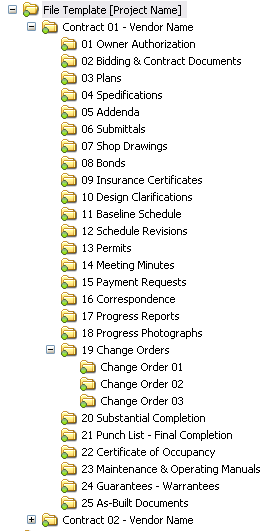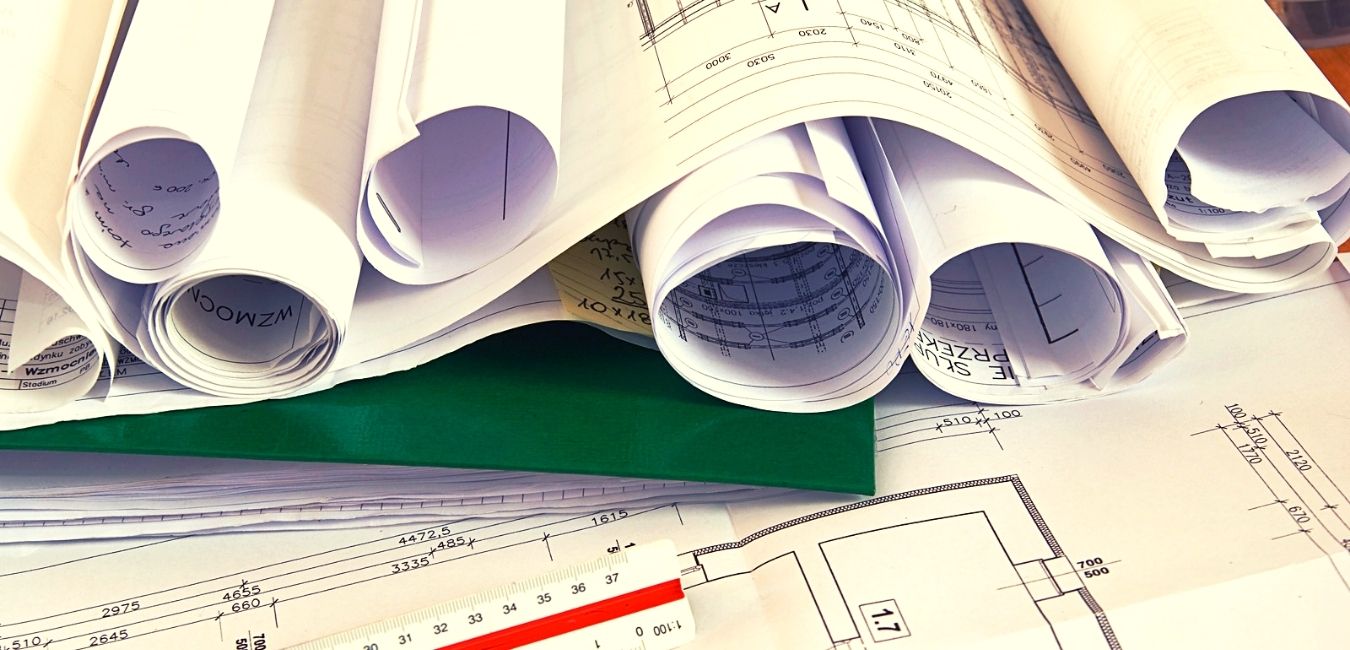Building Better Projects: The Duty of Construction Document Management in Success
Building Better Projects: The Duty of Construction Document Management in Success
Blog Article
Optimizing Job Collaboration: Engineer's Ideal Practices in Construction Record Administration
In the complex world of building projects, the effective administration of building and construction records stands as a cornerstone for success. Architects, with their precise focus to detail and innovative layout solutions, are charged with managing a symphony of stakeholders, sources, and timelines. In the middle of this complexity exists a vital question: how can designers enhance cooperation processes to boost task results? By checking out essential methods such as leveraging cloud-based platforms, developing robust communication protocols, and making certain data security, designers can raise their file administration methods to new elevations.
Leveraging Cloud-Based Systems
By transitioning from standard paper-based systems to shadow options, architects can simplify collaboration, boost file access, and improve general task effectiveness. This ease of access advertises smooth communication and control among task stakeholders, leading to fewer errors and delays in the building process.
Furthermore, cloud-based platforms give a secure environment for keeping delicate task details, using file encryption, normal back-ups, and individual authorization settings to protect data stability. Engineers can also gain from the scalability of cloud options, enabling them to readjust storage capacity and functionality based on task demands. On the whole, leveraging cloud-based platforms encourages architects to optimize their building and construction paper administration processes, driving greater collaboration, efficiency, and success in their projects.
Executing Variation Control Solution
Having established the benefits of cloud-based platforms in construction paper monitoring, engineers can currently improve their document control processes by implementing Version Control Equipment. Version Control Equipment (VCS) are important devices that track adjustments in records, making certain that employee are constantly collaborating with the newest and most precise details. By applying VCS, designers can preserve a central database where all job papers are kept, allowing seamless cooperation while reducing the danger of errors and variation problems.
One secret benefit of Version Control Solution is the ability to track the full history of file changes, allowing users to return to previous variations if needed (construction document management). This feature is especially important in construction jobs where design versions and modifications are common. VCS helps with much better communication among group participants by providing a clear audit route of that made specific modifications and when they were made. This transparency not just enhances accountability however also aids in solving disputes or discrepancies that may arise during the job lifecycle.
Establishing Communication Procedures
To make certain efficient and effective task control, engineers need to establish clear and durable communication methods within their building document administration processes. Interaction protocols specify the techniques, regularity, and channels through which group participants exchange information, updates, and responses. One crucial facet of developing these protocols is establishing a central interaction system where all project-related discussions and record sharing can occur. This system can be a project management software, email strings, or cloud-based storage space solutions. By establishing standards on just how info is distributed and how employee communicate with each other, engineers can improve the circulation of data and avoid miscommunications or delays in the building and construction procedure.
Furthermore, communication methods ought to also consist of guidelines on exactly how to manage problems, modification orders, and immediate concerns that might emerge during the project lifecycle. Developing an organized method to communication makes sure that all stakeholders get on the same page, advertises transparency, and ultimately adds to the effective conclusion of the construction job.
Making Use Of BIM Software Program for Sychronisation
BIM software application plays a critical function in improving control among job team members in the construction industry. Structure Information Modeling (BIM) helps with cooperation by giving a centralized platform where designers, engineers, specialists, and other stakeholders can interact in a collaborated way. Via BIM software application, task individuals can access and update a common version that consists of in-depth information concerning the structure style, building components, and task timetables.

Moreover, BIM software application allows real-time collaboration and interaction among group participants, regardless of their physical place. Via cloud-based BIM systems, task stakeholders can access the current project details, track adjustments, and make notified choices promptly. Overall, leveraging BIM software application for coordination boosts task effectiveness, productivity, and eventually causes successful job end results.
Ensuring Information Safety and Conformity
In the world of construction record monitoring, protecting data honesty and ensuring regulatory conformity are vital factors to consider for architects and other job stakeholders. Designers should carry out robust safety and security measures to shield sensitive job info from unauthorized accessibility or violations. Using protected cloud storage space options with security procedures and gain access to controls can aid alleviate risks connected with information theft or loss. Frequently check here updating software program and systems, performing safety and security audits, and offering personnel training on information protection ideal practices are necessary action in preserving a secure environment for building record administration.

Final Thought
To conclude, engineers can enhance task cooperation in construction record management by leveraging cloud-based systems, executing version control systems, establishing interaction methods, making use of BIM software application for sychronisation, and guaranteeing information safety and compliance. These ideal practices assist simplify the construction process, improve communication amongst project stakeholders, and boost performance in job delivery. By complying with these standards, engineers can efficiently take care of building documents and help with successful task outcomes.
Through BIM software application, job individuals can access and upgrade a common version that consists of thorough details regarding the building style, building components, and task timetables.
Via cloud-based BIM platforms, project stakeholders can access the most recent project details, track adjustments, and make notified decisions promptly - construction document management. On the whole, leveraging BIM software for sychronisation improves job performance, efficiency, and eventually leads to successful task outcomes
In conclusion, engineers can maximize task cooperation in building and construction paper administration by leveraging cloud-based systems, executing variation control systems, establishing interaction protocols, utilizing BIM software for sychronisation, and ensuring information protection and compliance. These ideal techniques Click Here assist simplify the building and construction process, enhance communication among task stakeholders, and boost effectiveness in task delivery.
Report this page